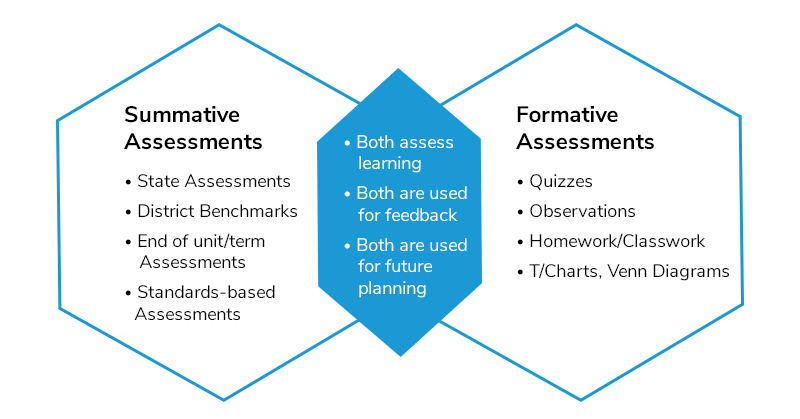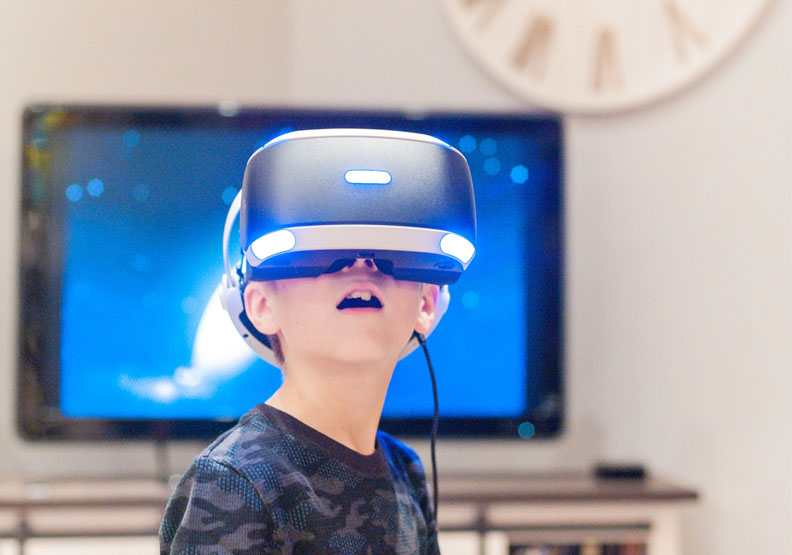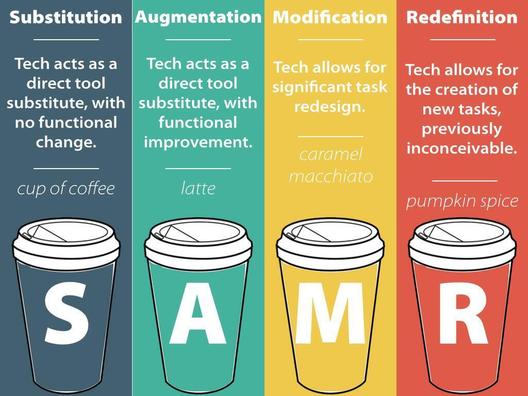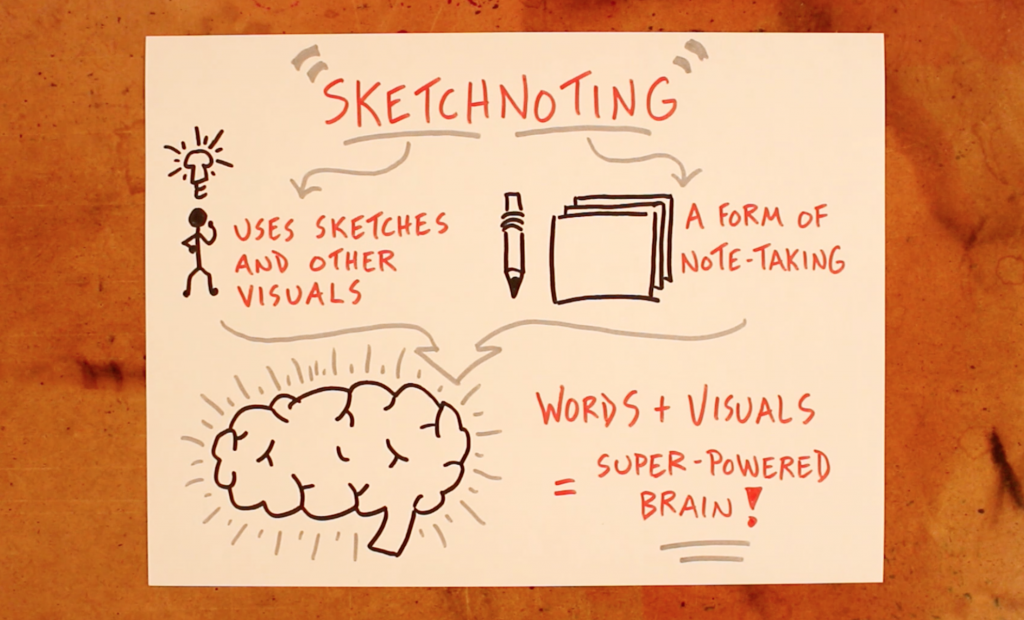This week, I learned about the types of assessments. There are two main types of assessments, one is Formative Assessments and the other is Summative Assessments.

Summative Assessments are mainly in the form of passing mid-term or final exams. This method is very intuitive and can directly evaluate whether the answer is right or wrong. Evaluate what students have learned based on scores. But this method also has some drawbacks. Summative Assessments will not provide learners or teachers with any feedback about the learning process that has taken place, but a summary result. The lack of opportunities to apply new learning and receive formative feedback hinders students’ learning abilities. Students may get bad grades due to nervousness or mistakes, but this does not deny the students’ efforts during this time. Formative Assessments and summative assessments have different purposes. Formative assessment captures the learning in the process in order to identify gaps, misunderstandings, and evolving understanding before the summative assessment. Formative assessment can take many forms, such as informal questions and practice tests. Formative assessment allows students to practice skills or test knowledge without the pressure associated with performance. This method allows students to discover their own problems and change them in time during the learning process. I think Formative Assessments and Summative Assessments should be used together so that we can judge the students’ learning situation in an all-around way.
Bibliography:
What is Active Learning? (n.d.). Queens University – Teaching & Learning. Retrieved March 12, 2021, from https://www.queensu.ca/teachingandlearning/modules/active/04_what_is_active_learning.htm




